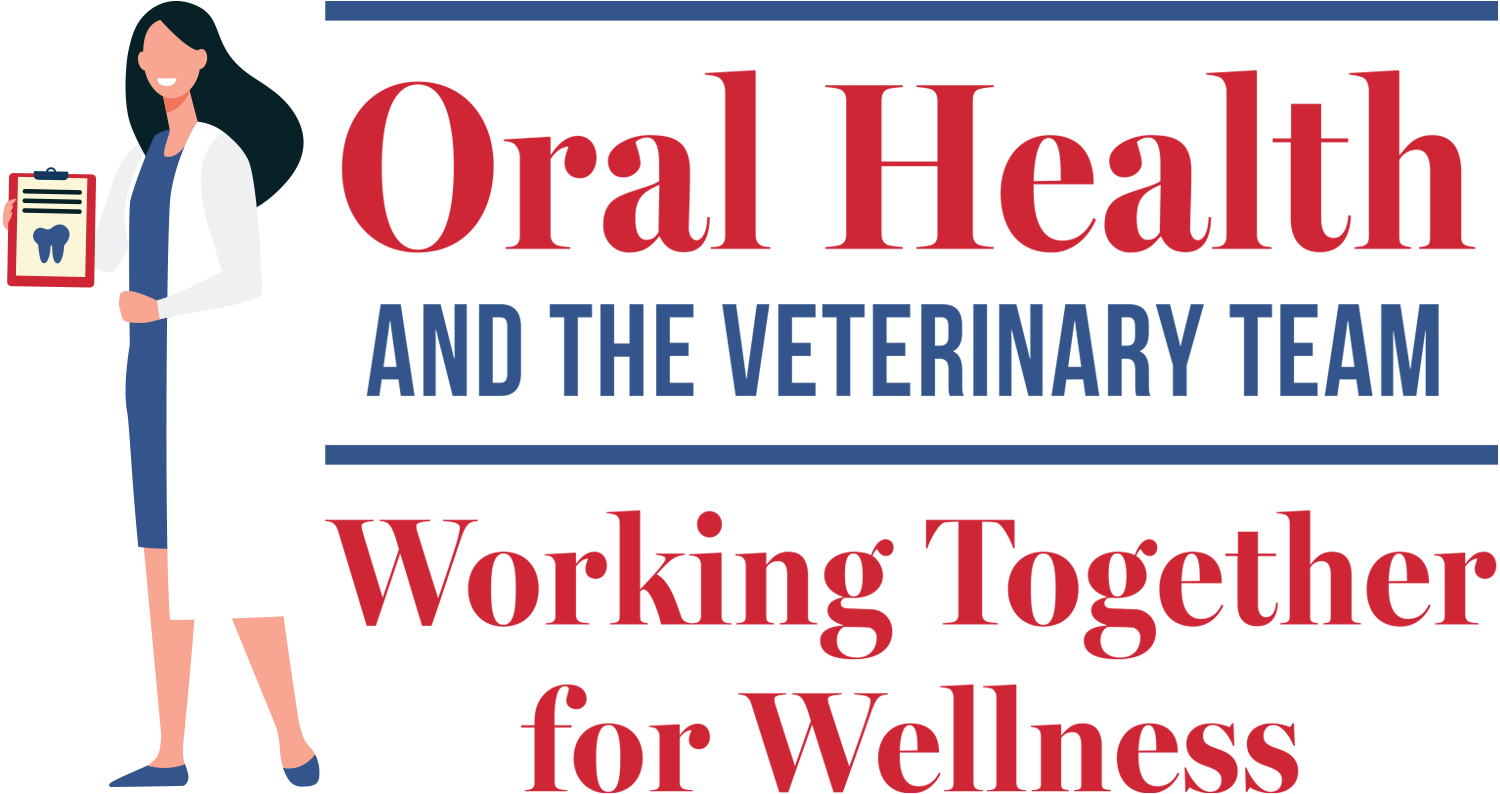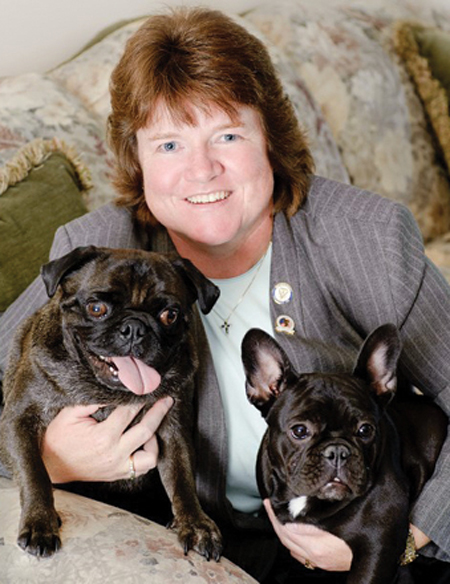



By Kara M. Burns, MS, MEd, LVT, VTS (Nutrition)
very individual working in a veterinary hospital is part of the veterinary team, and all members of the team are passionate about their specific role and how that role benefits the pet. Ensuring the health of the pet involves a team approach by working together to care for the pet and identify and alleviate potential health issues.
Oral health is a place where the entire veterinary team can make a significant positive impact on pet health. The oral cavity is constantly inundated by bacteria and provides the perfect environment for microbial growth. Dental disease causes pain and discomfort, and the associated disease processes may lead to systemic issues.1 Veterinary care team members know that animals require dental care to maintain oral and overall health; however, dental health is seldom top-of-mind for pet owners.
Additionally, many animals hide pain and obviously cannot tell the caregiver where it hurts. Oral malodor, changes in eating behavior and drooling are often accepted as “normal behavior” in pets by their owners. Therefore, standard procedures guiding the efficient operation of every veterinary team should always incorporate protocols for evaluating oral health whenever possible due to the importance of dental health to the overall wellbeing of the pet.
A thiol test powerfully enables a whole-team approach to oral health, especially because the test can be administered by a veterinary technician or veterinary nurse and then interpreted by the veterinarian. This test provides a fast, objective assessment of the pet’s periodontal health that has been proven to enhance pet owner adherence to treatment recommendations.2
This dental health example shows the importance of veterinary teams working together effectively for the benefit of their patients. Companion animals’ oral health needs are a critically important aspect of their health care and essential to maintaining every animal’s wellbeing.
All members of the veterinary team are passionate about the needs of the pet, so working together to address oral health issues is an opportunity for the team to do what they are uniquely positioned to do: Help the pet owner understand and address their beloved family member’s needs so they can live a healthy and joyful life.
- Burns, KM. The Importance of Dental Homecare in the Management of Periodontal Disease. The NAVTA Journal. December 2019/January 2020. Pp. 9-16.
- Goldstein G, Chapman A, Herzog L, et al. Routine use of a thiol-detection test in every wellness examination increased practice dental revenues and enhanced client compliance with dental recommendations in veterinary general practice clinics. J Vet Sci Technol. 2016;7(2):312.

